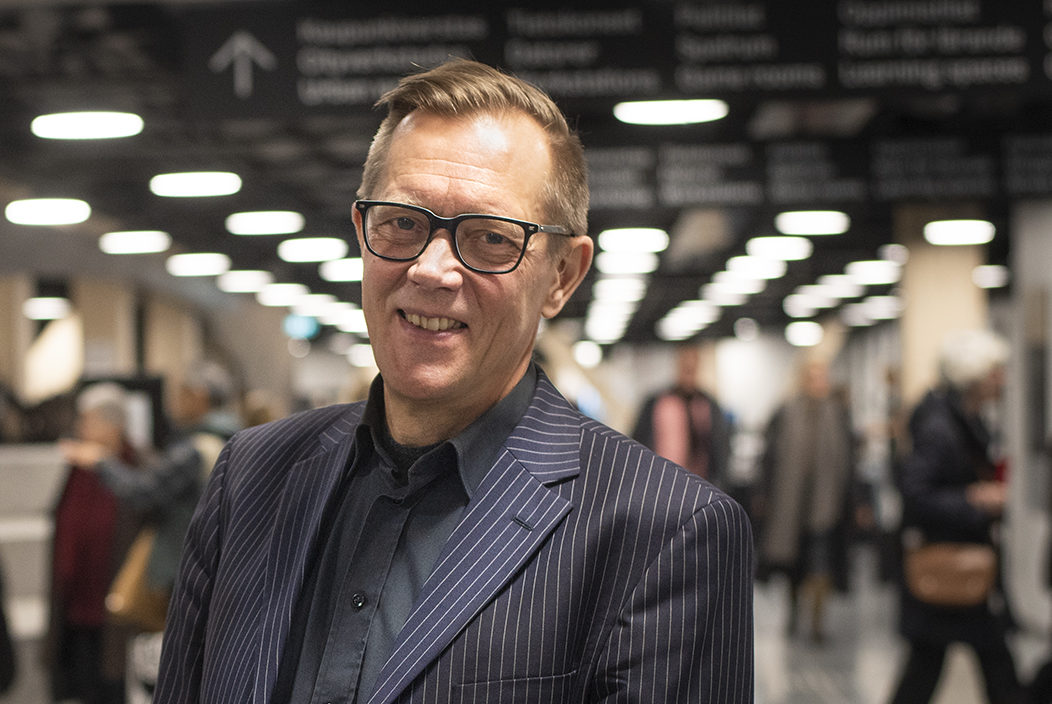
The forest sector in Finland is facing the severest shortage of labour ever. The sector must be made more attractive to many groups, and perhaps the most important of them is girls and young women.
Women who start forest-related studies face the need to adapt to a masculine branch of industry at a young age, when their identity, and gender as part of it, is still taking shape. ‘It is important for them that girls could be girls and be proud of it,’ says Tuula Joro, Researcher at the University of Eastern Finland.
An example quoted by Joro is timber lorry driver Jonna Matikainen, who talks about the different aspects of her life on her Instagram account at @jonnatsiu.
Matikainen may, however, be an exception. On being asked, young women in the forest sector position themselves primarily through masculinity. They feel at home with the masculine aspects of the rural work culture, and less so with all the girly stuff often thought to focus on a person’s appearance.
Girls in the forest sector see themselves as acting like boys, which they describe as ‘larking about’, or working with tractors, or hunting. Doing your nails, neat clothing and avoiding dirt are seen as girly stuff.
Joro spoke at the closing event of the ‘Forest speaks to new skills’ project in Helsinki last week. The project was aimed at improving the image of the forest sector among young people and attracting them to the sector.

Under one percent of secondary-level forestry students are girls
The forest sector is not the only male-dominated sector in Finland, and the grounds given for atypical career choices are the same in all of them. However, forestry is one of the most segregated ones: of young people entering secondary-level studies in forestry, only under one percent are women, while in the automotive sector, for example, their share is close to 15 percent.
The factors affecting atypical career choices are different for boys and girls. ‘For example, girls whose parents have university-level education are less likely to be attracted to atypical sectors, but we did not find this to be true for boys. Why this should be so, we don’t know,’ says Tommi Hoikkala, Research Professor at the Finnish Youth Research Society. Hoikkala leads a research project aiming at dismantling gender segregation in education and working life.
Analysing the interviews, the researchers have found no support for the assumption underlying official educational policy that young people are rational and goal-oriented when making choices about their future. In reality, choices are mainly made because at certain points in your life you just have to make them.
On completing comprehensive school, at about age 16, factors not inherent to future studies play a decisive part: the choices your friends make, your hobbies, the location of possible future schools, family traditions.
Career counselling is strongly criticised
Girls and boys may be driven towards atypical choices by the strongly differentiated gender practices. While boys may be driven by a divergent view of masculinity, girls may be guided by assertive femininity.
‘But this cannot be generalized. I would rather call this a weak signal,’ Hoikkala stresses.
‘A boy making an atypical choice may, for example, have had negative experiences of masculinity in a male-dominated branch, and so he opts for a female-dominated branch, but in a very goal-oriented way,’ says Hoikkala. The attitude of girls described as assertive is well illustrated by the characterizations also known in the forest sector, such as ‘That Mary’s one great bloke’.
Another finding mentioned by Hoikkala was the young people’s opinion that the career counselling provided by schools is bland and often guides towards stereotypical choices. Joro is of the same opinion: ‘Some of the teachers providing counselling speak of the forest sector as something that involves physically hard work and does not need a great deal of education, giving the impression that what is mostly needed is dedication and brawn,’ says Joro.

Current efforts are clearly not working
How, then, could the forest sector become attractive to girls? Quite clearly, there is something wrong with what is being done.
Joro observed that forest professionals’ visits to schools and pupils’ visits to workplaces have made almost no impression on girls and caused none of them to become interested in the sector. During the ensuing discussion, the opinion was expressed that events designed to inform young people about the forest sector should always have at least one woman speaker, no matter how thin on the ground they might be in the sector.
According to Joro, social and traditional media play a key role. They should publicise the view that a girl can work in a masculine branch without giving up the girly stuff and yet be taken seriously.
A girl may very well put a harvester through its paces at work and later ‘trip along in high heels and a miniskirt’. ‘Neither activity should affect her worth as a forest worker, or as a girl or woman,’ says Joro.
Ultimately, what we should remember is the same as with everybody else: we are all individuals. You cannot make anyone interested by treating them as representatives of a group; what you should do is ask them how things are for just them.
Or, in the words of Aino Salonen, Concept Planner at the Demi magazine targeted to teenager girls: ‘Girls may feel like girls, but they don’t like being categorized as girls by someone else.’
Finnish Youth Research Society
